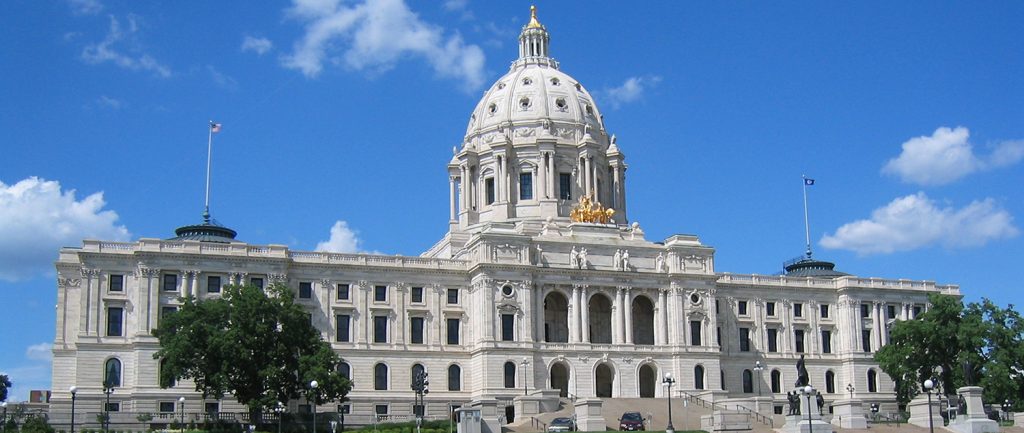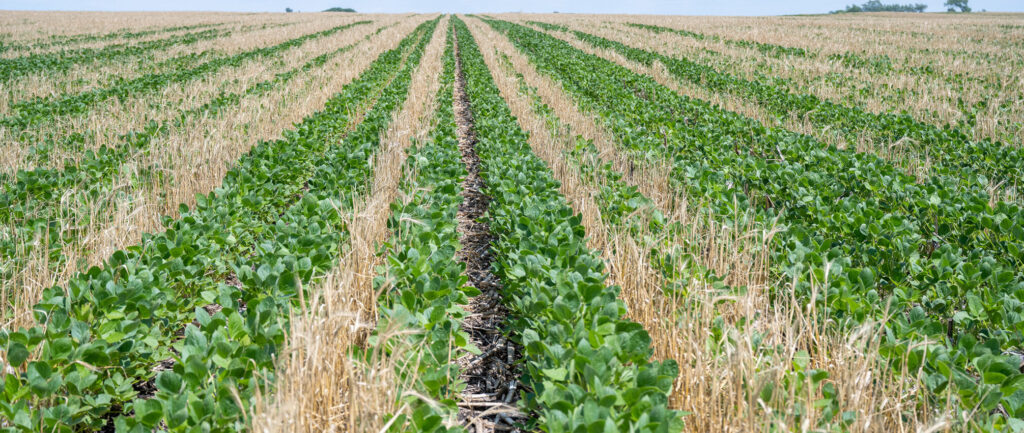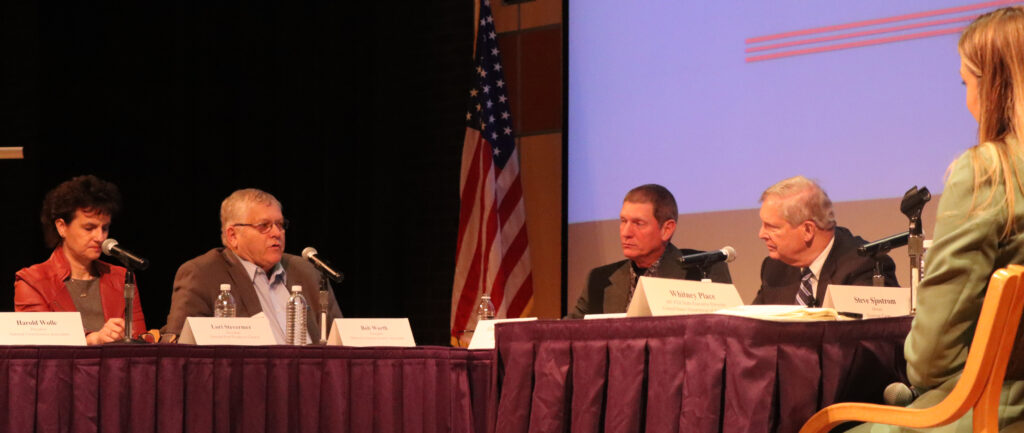Buckthorn control is not simple. Like mesquite or Chinese tallow, two well-known invasive plants, cutting the shrub/tree above the root crown just means you created a short shrub with vigorous, almost uncontrolled regrowth. Ultimate control of buckthorn will not be a one and done approach, rather it will require development of a strategic plan utilizing the most effective tactics for each situation. AKA: A war.
Multiple sites can be found describing methods of controlling buckthorn and other woody vegetation. This University of Minnesota Extension publication gives an excellent rundown on control options. The Department of Natural Resources has also developed a more specialized list. But remember, control options will depend on your particular situation.
Frequently, plant size and available labor/capital are the drivers for the control decision. If you find several small sprouts (basal diameter less than 1.5 inches in diameter) along the fence line, frequent defoliation using fire, mowing or grazing may prove quite effective. Pulling the sprouts out, past the root crown will also work. At this size, almost any physical removal method will work, provided defoliation is both frequent and intense. Inadequate frequency and intensity will limit effectiveness.
As the diameter increases, total nonstructural carbohydrate (TNC) in the root zone increases dramatically. This increase in TNC storage increases buckthorn’s resistance to defoliation. It also makes cutting the plant out below the root crown increasingly difficult. As the shrub becomes tree sized (greater than 8 foot tall), defoliation using grazing or fire becomes problematic. At this point, control with properly applied herbicide increases in effectiveness.
With herbicides, choosing the correct compound becomes the first step. A hormone such as 2, 4-D will be quite effective on early germinated seedling buckthorn.,However, it will provide little effective control of a larger plant.
Triclopyr and glyphosate are the most commonly listed buckthorn herbicides. Of the two, I believe triclopyr may offer a wider range of successful control options. Glyphosate generally requires a certain amount of effective absorption area (green leaves and bark), while triclopyr, depending on formulation, may be applied over a longer time, under more diverse conditions (freezing weather) and may damage a lower percentage of non-targeted plants (most grasses are extremely tolerant of triclopyr). However, your situation is your situation; glyphosate may be an effective choice. Become educated on your options, and choose the best method for your situation.
Foliar herbicide applications are usually ineffective or have excessive levels of damage to non-targeted species. Using a foliar applied herbicide like triclopyr on a deep rooted, invasive plant such as buckthorn, becomes especially problematic as precise rates are required for successful control. Over application causes immediate leaf and stem death and limits translocation, resulting in a trimmed but otherwise unaffected plant. Under application doesn’t kill the plant. After a review of the literature, basal stem or basal cut stem applied treatments appear to be the most successful.
After the trees/shrubs have been controlled, anticipate at least an annual effort to remove newly sprouted seed. For most of you, we can expect buckthorn control to be a long term investment.
Tags: buckthorn



